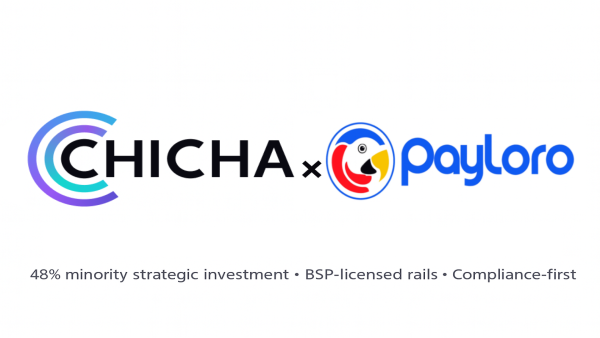
Saylor: Bitcoin Builds Base as Early Hodlers Exit and Institutions Prepare
Bitcoin’s recent calm in price action signals strength, not weakness, according to Michael Saylor, Executive Chairman of Strategy (MSTR). Speaking on Natalie Brunell’s “Coin Stories” podcast Friday, Saylor described the market as entering a consolidation phase as early adopters sell portions of their holdings and institutional investors prepare for larger allocations.
“If you zoom out and look at the one-year chart, bitcoin is up 99%,” Saylor said. “The volatility is coming out of the asset — that’s a really good sign.” He noted that long-time holders who purchased bitcoin at single-digit prices are selling modest amounts to fund real-world expenses like housing or tuition, a process he compared to employees of high-growth startups liquidating stock options. Far from signaling a loss of faith, Saylor said this “natural step toward maturity” clears the way for institutions to enter as volatility subsides.
Saylor dismissed concerns about bitcoin lacking cash flows, highlighting that many valuable assets — from gold and land to art — do not generate income. “The perfect money has no cash flows,” he said, noting that institutions accustomed to traditional equity-and-bond frameworks have been slow to adapt but will eventually need to rethink their strategies.
Beyond Store-of-Value: Bitcoin as Collateral
A key focus of the conversation was Strategy’s effort to expand bitcoin’s utility beyond a store-of-value narrative by using it as collateral in credit markets. Saylor argued that conventional bonds are “yield-starved” and under-collateralized, while bitcoin-backed instruments can offer higher yields with lower risk.
He outlined the company’s preferred-stock products — Strike, Strife, Stride, and Stretch — designed to deliver up to 12% yields while being heavily over-collateralized with bitcoin. By creating these instruments, Saylor said Strategy is effectively giving bitcoin cash-flow-like properties, enabling it to fit into both credit and equity portfolios and attract institutional capital.
The S&P 500 Question
Saylor also addressed why Strategy has yet to be included in the S&P 500. He noted that the firm only became eligible this year following accounting-rule changes and compared the situation to Tesla, which also waited before joining. He expects eventual inclusion as the market grows more comfortable with the bitcoin treasury model, which he dates to late 2024.
Looking Ahead: Transformative Years for Bitcoin
Saylor framed the rise of bitcoin treasury companies as analogous to the early days of the petrochemical industry, with diverse products, business models, and fortunes emerging in a transformative decade. He projected bitcoin could appreciate at an average of 29% annually over the next 20 years, fueling new forms of credit and equity instruments.
Closing on an optimistic note, Saylor highlighted bitcoin’s broader societal potential, arguing that much of today’s online toxicity is amplified by bots and paid campaigns. “Bitcoin is a peaceful, fair, and equitable way for us to settle our differences,” he said. “As everyone embraces it, peace will spread, equity will spread, fairness will spread.”




















